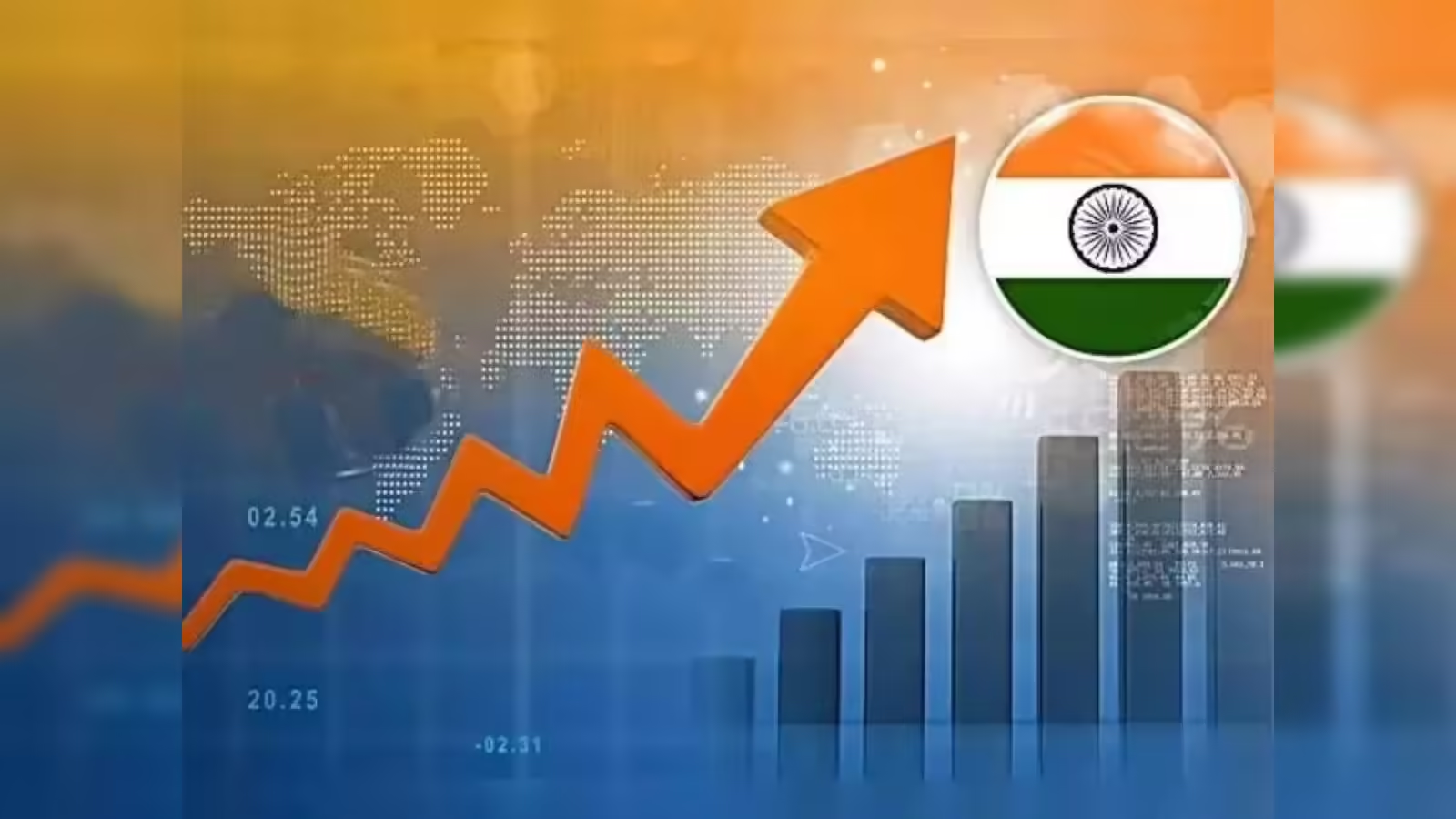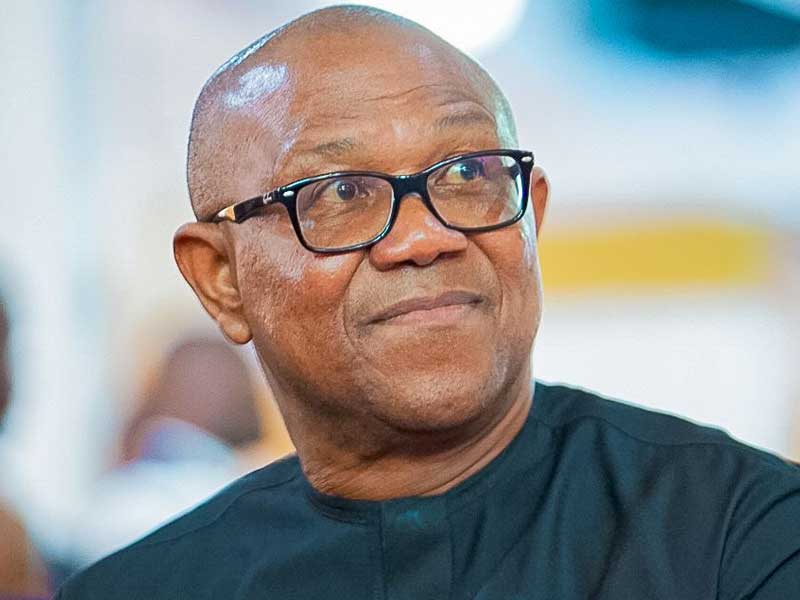India’s economic growth forecast for the fiscal year 2025-26 has been revised downward by several international organizations, citing global uncertainties and domestic challenges. The World Bank has adjusted its projection to 6.3%, down from 6.7% in January, attributing the revision to subdued industrial growth and soft export demand. Despite this, India is expected to remain the fastest-growing major economy, supported by robust private consumption and public investment.
Similarly, the International Monetary Fund (IMF) has lowered its growth forecast to 6.2% for 2025-26, citing escalating trade tensions and global uncertainty. The IMF emphasized that the swift escalation of trade tensions has generated extremely high levels of policy ambiguity, complicating efforts to establish a central global growth outlook.
Moody’s Ratings has also revised India’s GDP growth forecast for 2025 to 6.3%, down from 6.5%, due to heightened global policy uncertainty and trade limitations. The agency anticipates that the Reserve Bank of India (RBI) will implement additional reductions to benchmark policy rates in 2025 to bolster domestic economic growth.
The Organisation for Economic Co-operation and Development (OECD) has adjusted India’s economic growth forecast for 2025-26 to 6.4%, down from 6.9% projected in its December outlook, amid rising global uncertainty. Despite the global slowdown, India’s downturn is expected to be mild, with strong performance noted in late 2024.
Fitch Ratings has also revised India’s GDP growth forecast for 2025 to 6.4%, down from 7%, reflecting a decline from previous expectations. Despite this, Fitch remains optimistic about India’s recovery, citing strong domestic demand and infrastructure investments as key growth drivers.
The Reserve Bank of India (RBI) has responded to these challenges by implementing significant monetary stimulus, including a 50 basis point repo rate cut and a 100 basis point reduction in the cash reserve ratio on June 6, 2025. Inflation remains low, with food prices declining due to favorable monsoon predictions and increasing Chinese imports. However, concerns persist beneath the surface, including subdued passenger car sales, rising household debt, declining savings rates, and increasing credit card usage. RBI Governor Sanjay Malhotra cited global uncertainty and the need to spur consumption and investment as motivations for easing.
Economists warn that the failure to finalize a trade deal with the U.S. before the July 9 tariff deadline could lead to downward revisions in forecasts. The Reserve Bank of India has cut interest rates by a full percentage point this year but recently shifted its policy stance to “neutral,” suggesting rate cuts may be ending. Inflation is expected to average 3.6% this fiscal year and rise to 4.3% next year. Projections about the repo rate are mixed, with most economists expecting it to remain at 5.50% in the final quarter.
Despite these challenges, India is projected to maintain the fastest growth rate among the world’s largest economies, supported by resilient consumption and government spending. However, the global economic outlook remains cautious, with the World Bank downgrading its global growth forecast to 2.3%, down from 2.8% in 2024, primarily due to heightened trade tensions and increased trade barriers.
In summary, while India’s economic growth forecast for 2025-26 has been revised downward by several international organizations, the country is expected to remain a leading global economy, supported by strong domestic consumption and public investment. However, global uncertainties and trade tensions pose ongoing challenges to sustaining this growth trajectory.











Leave a comment